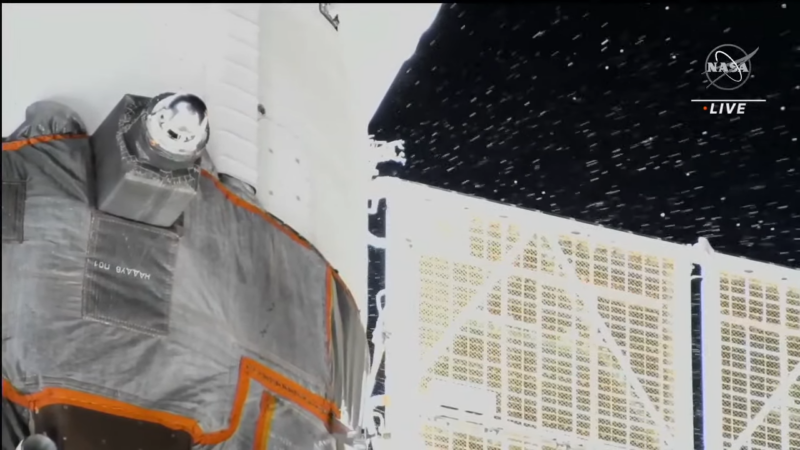-
 chevron_right
chevron_right
Russia will abandon Soyuz on orbit, fly up a new one to bring crew home
news.movim.eu / ArsTechnica · Wednesday, 11 January, 2023 - 15:25

Enlarge / Three hours after the coolant leak was initially detected Wednesday night, it remained ongoing. (credit: NASA TV)
Four weeks ago, as two Russian cosmonauts were preparing to conduct a spacewalk, a Soyuz spacecraft attached to the International Space Station started to leak uncontrollably .
The spacewalk was canceled, and since then, Russian and US spaceflight engineers have been analyzing the cause of the leak and its implications for future travel to and from the large laboratory in low-Earth orbit. They have now deduced that a micrometeoroid or small piece of orbital debris struck the external cooling loop of the Soyuz spacecraft, causing all of its coolant to vent into space, and put a recovery plan into place.
Although there were no immediate threats to the seven astronauts on board the space station, there was the not-insignificant question of how the three people who had ridden on board this Soyuz MS-22 spacecraft into orbit— cosmonauts Sergey Prokopyev and Dmitri Petelin and NASA's Frank Rubio—would subsequently get home.

